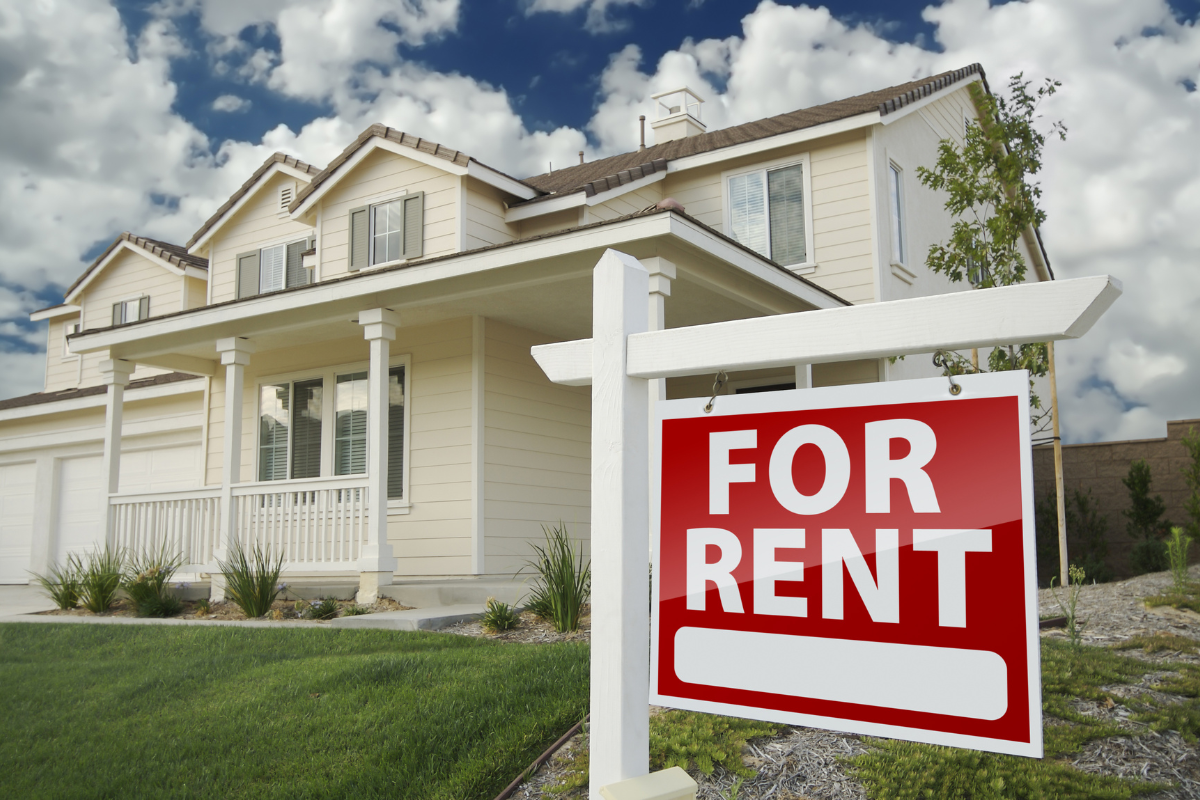
As a buyer’s agent, one of the most common questions I get from clients is – “How to choose a location to buy a house?”
The ideal neighbourhood or suburb depends greatly on whether they’re purchasing an investment property or a home to live in themselves.
In this guide, I’ll explain the main factors to consider when evaluating potential neighbourhoods and purchasing properties.
For Investment Properties: Focus on Maximising ROI
When my clients want to buy a property solely for investment purposes, I focus heavily on the factors that will deliver a strong return on investment (ROI).
Here are some key considerations:
Infrastructure Spend
I recommend looking for areas with major investments in transportation, schools, hospitals, parks, and other amenities. These areas tend to see increased demand and property value growth.
For example:
New or upgraded public transport or roadways instantly increases the value and accessibility of properties in the area.
Population Growth and Demographics
Understanding population trends and demographics is crucial.
An ideal location is one with a growing population as this increases the demand for housing in the area which in turn creates growth in property values and rental returns.
On the flip side:
Areas with stagnant or declining populations put the investor at risk of lower occupancy and weaker capital gains over time.
Public Transport
Easy access to trains and buses means more demand from renters without cars. Areas around key transit stops or hubs often see booming development and property values.
Access to Employment Opportunities
Proximity to major business parks, industrial zones and concentrations of companies creates strong demand.
Remember:
People gravitate towards living near where they work.
Proximity to Essential Services
Easy access to grocery stores, malls, restaurants and other retail services adds convenience and livability.
People want amenities within a reasonable distance.
However…
Extremely high-density areas can also come with congestion and noise challenges.
Vacancy Rates and Rental Yields
High vacancy rates are a red flag of potential risk.
Strong yields indicate robust tenant interest, enabling landlords to charge premium rents.
Number of Properties for Sale or Rent
Vacancies are more likely to occur in areas with saturated markets.
Ideally, I like suburbs with steady population growth but limited new housing supply, which creates a landlords’ market.

Livability Factors for Investment Properties
In addition to ROI considerations, it is crucial to consider the livability factors that will attract and retain tenants.
Why?
Because if they’re not happy, then there’ll be a higher turnover of tenants and longer vacancy periods, which just costs the investor in the long run.
These factors include:
- Family, Friends, and Employment Opportunities: Good community relations, employment opportunities, and social connections contribute to tenant satisfaction and longer tenancies.
- Lifestyle Amenities: Access to recreational facilities, parks, restaurants, and entertainment options can enhance the property’s desirability.
- Affordability: I consider the cost of living in the area and whether it aligns with the target tenant’s budget.
- Access to Schools and Transport: Proximity to quality schools and convenient transportation options can be attractive to families and professionals.
For Owner-Occupied Homes: Focus on Lifestyle
When my clients buy a home to live in themselves, the equation shifts significantly towards lifestyle factors. Every family and individual has unique needs and emotional ties to certain suburbs or property types.
Here are some of the key factors that come into play when selecting areas:
- Lifestyle Preferences
What kinds of amenities a homebuyer values most for their lifestyle depends on their personal interests and needs
For example:
Surfers may want to be close to the beach for surfing. Runners may like to be nearby running trails for exercise. Some may want to be near boutique shops and restaurants.
- Healthcare Facilities
Proximity to doctors, hospitals, and other healthcare services becomes crucial as we age. Suppose a buyer has ongoing medical needs or wants to prepare for the future. In that case, they may consider being closer to quality medical providers.
- School Quality
While not always a top priority for buyers without kids, families with children or plans for them in the future often fixate on school districts.
Top-ranked schools typically increase demand and values in surrounding neighbourhoods.
- Proximity to Family and Friends
Many homebuyers want to be near family and friends for social life and to get help raising kids.
- Crime Rates
While no area is immune from crime, statistics help gauge safety. Security is a consideration for many homebuyers, especially those with children. Lower crime rates bring peace of mind.
Lifestyle considerations are very personalised. They centre around a buyer’s family, interests, stage of life, budget and specific needs.

How to Balance Lifestyle and Investment Potential
Buyers need to balance emotional appeal with investment potential when buying a home. Properties with high lifestyle appeal don’t always make good rental investments.
For instance:
Waterfront properties with high price tags may be poor rental investments even if they appeal to a buyer’s lifestyle desires.
Just because a property is a buyer’s dream home doesn’t mean it’s a smart investment.
Before purchasing, I advise clients to consider their goals and timeline carefully. Will they eventually live in the home or rent it out permanently?
When renting out a property, it’s best not to overpay for features that won’t generate a good return.
Clear investment objectives should guide investment decisions.
I have detailed conversations with clients planning to occupy the investment property someday – the priority is maximising returns and cash flow as a rental.
Down the road, buyers can reassess purchasing a different property better suited for their needs as owner-occupiers. The finances may work better at that stage.
The Takeaway: Align Location with Your Goals
While the old real estate adage “location, location, location” always rings true, what makes an area good or bad depends entirely on a buyer’s goals and priorities.
My recommendation for investors is to invest in suburbs that offer capital growth and reliable cash flow.
For homeowners, thinking about lifestyle, dreams and daily needs is key.
It comes down to determining one’s objectives before making location decisions.
One should not assume what’s best for an investor is what’s best for a homeowner or vice versa.
When figuring out how to choose a location to buy a house, carefully examining your priorities and options helps determine the best fit.
The home search process can feel overwhelming at first. Break it down into the factors that matter most to you, and make a checklist you take with you every time you investigate a new property opportunity.
I hope this article has proved valuable, and I wish you the best on your property hunt! If you need any help with sourcing a great property, you can contact me here.





